So many of the great Italian cities offer a wealth of things for all the family to enjoy, including the youngsters. But we think perhaps none more so than Italy’s capital, Rome. Learning about the Romans is a key part of any child’s education and Rome’s incredible history, which is still so visible for all to see, offers an unbeatable way to bring these lessons to life.
Not to mention all the other things we love about Rome – the art, the architecture, the beauty, the food and even, frankly, the chaos – all will ensure that the whole family, from the youngest to the oldest, will be able to create wonderful memories here to last a lifetime.
That’s not to say a trip to Rome shouldn’t involve a bit of extra planning if you’re visiting Rome with kids. Rome is a busy city with plenty of traffic, pavements aren’t always pushchair friendly, crowds can mean queues, and soaring temperatures in the Summer months can make sightseeing sticky and tiring! But, with a bit of extra planning, Rome can make the perfect city break for families.
Here are our top 25 things to do in Rome with children.
1. Experience what it was like to be a gladiator at the Colosseum
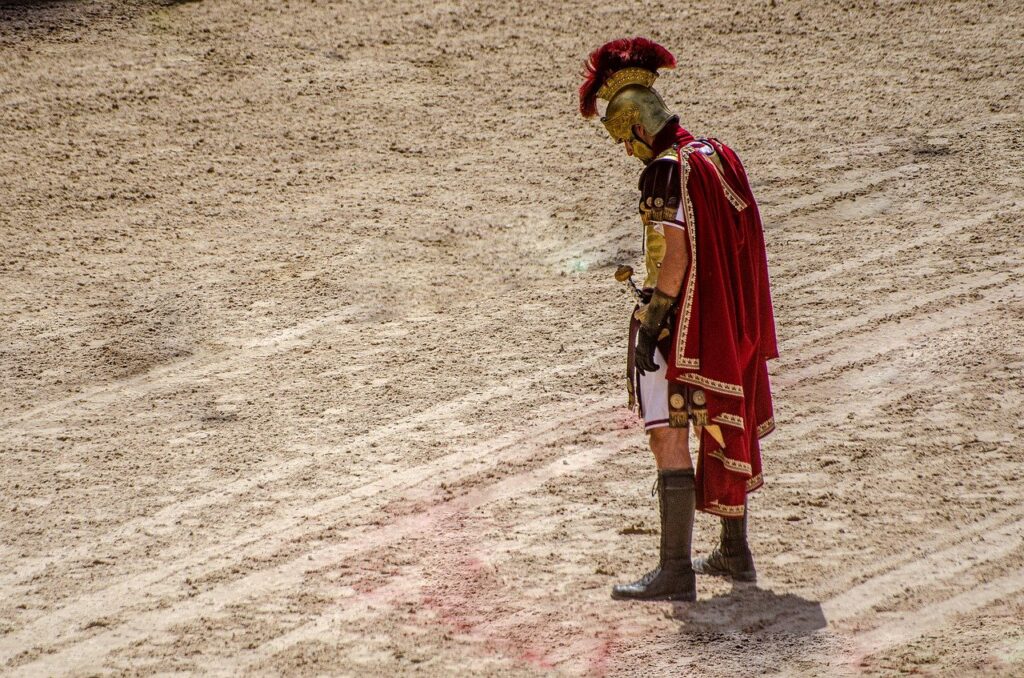
Arguably Rome’s most famous and iconic relic of its glorious past, whatever your age you can’t fail to be amazed by the Colosseum in Rome. Built between 72 AD and 80 AD by thousands of slaves, it measures 189 metres long, 156 metres wide and is 50 metres high. With 80 entrances and 36 trap doors in the arena floor allowing for the creation of special effects, it would have seated up to 50,000 spectators who would have flocked here to watch everything from gladiatorial battles to animal hunts and even naval battles between ships! Below the Colosseum were a maze of underground passages and rooms where the animals and gladiators would have been kept waiting to meet their fate on the arena floor above. Here you’d have found cages filled with everything from leopards to elephants and from bears to lions.
The Colosseum is the largest ancient amphitheatre ever built, and it remains the largest standing amphitheatre in the world today. The Colosseum is also one of the most visited tourist attractions in the world though. With over 6 million visitors passing through its doors each year, it’s worth booking ‘skip the line’ tickets to the Colosseum in advance to avoid the queues. After all, no child wants to have to wait in line.
Before you head to the Colosseum in person, you may also want to head back in time and enjoy a virtual experience of the Colosseum using an interactive 3D reconstruction. This may allow younger family members the chance to better understand how it would have looked and how it would have been used in its heyday.
Please note: Tickets to the Colosseum will also include entry to the Forum and Palatine Hill should your children be keen to discover more of Rome’s ancient history.
2. Go back in time at the Time Elevator

An interactive experience in Rome that will appeal to children is the Time Elevator, a unique 4D experience that will take you back through 3000 years of Roman History in a faster-than-lightning 45 minutes. It’s a good way for children to get a fun snapshot of the history of this city from the legend of Romulus and Remus to the assassination of Julius Caesar and on to the more recent fascist era of Mussolini. You’ll even get a glimpse of Michelangelo during the creation of the Sistine Chapel and much, much more! The story is projected onto three wide screens with Dolby surround sound and it’s available in six different languages. And all is presented in a multi-sensory way with moveable seating and effects such as rain and wind. If you enjoy it, then there are other 4D experiences here too including one that takes you through the evolution of life on Earth, from the Big Bang to the emergence of man (and including the obligatory appearance of dinosaurs with the dreaded T-Rex and their extinction)! (Please note that all children under 5 years old must be 100 cm tall to enjoy this ride).
3. Burn off some energy in the park
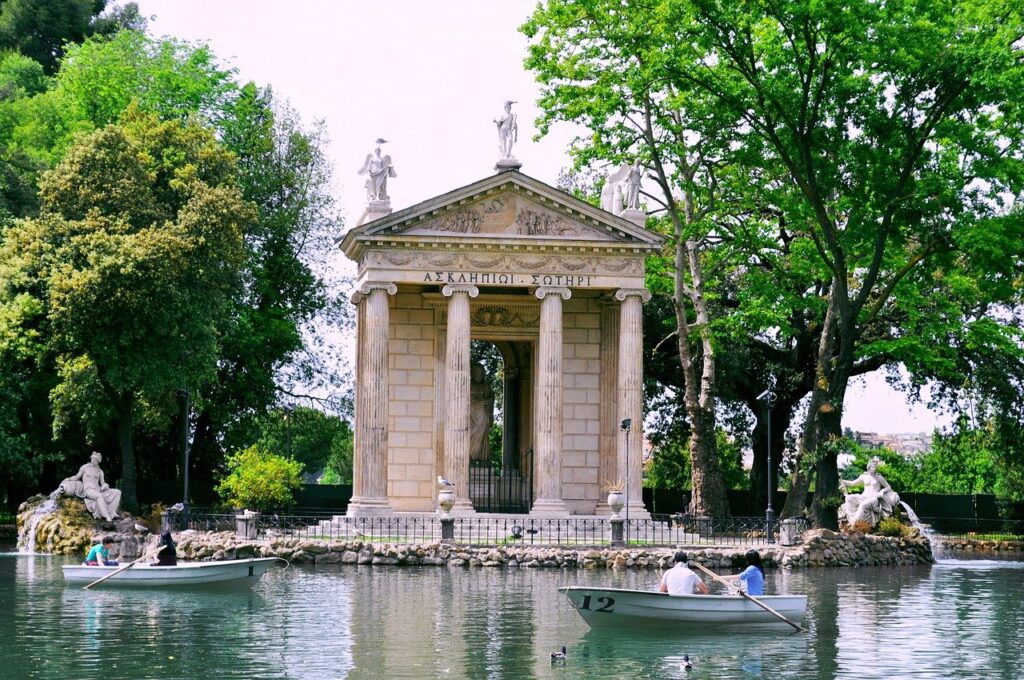
Green spaces aren’t necessarily what spring to mind when you think about Rome. But, in fact, Rome is one of the greenest cities in Europe and has a plethora of parks to enjoy. The second largest of these – Villa Borghese – is a definite ‘must see’ attraction, particularly on a dry sunny day. The park is arguably best known for being home to the Galleria Borghese museum. The latter is where you’ll find an impressive art collection that includes some incredible works by artists such as Caravaggio, Raphael and Titian. Whilst your children may not necessarily appreciate a visit to the museum dependent on their age, we are confident that they’ll love the outside space that the gardens offer. There are all sorts of ways to explore the park. Rent a rowing boat on the lake, ride a segway or pedal your way round by bike. And, as well as some beautiful landscaped gardens for the grown-ups to admire filled with immaculately kept plants, lakes, fountains and statues, there’s plenty for the younger family members to enjoy including playgrounds, a mini funfair, pony rides on weekends, a very good zoo (Bioparco di Roma) and even the world’s smallest cinema – the Cinema dei Piccoli. Don’t miss the chance to admire the views across Rome from the Pincio terrace where you can enjoy a sweeping panorama onto the Piazza del Popolo and Rome’s domes.
A second option is Circus Maximus. Once an ancient Roman chariot-racing stadium, it measures well over 600 metres in length and nearly 120 metres in width. In its heyday, it could accommodate an impressive 150,000 spectators. Today, it’s not hard to see where the race track and seating would have been and it’s easy to imagine the horse-drawn chariots racing past. But it’s now a lovely open grassy space and public park where children can run around to their heart’s content.
Or, if you have time, you could also head to Villa Ada. This park is a lovely place for a picnic on a sunny day and there are also plenty of activities to keep children entertained including roller-skating, cycling and children’s play areas. And, not to be forgotten is Villa Torlonia. This was once the residence of Mussolini but is now the home of the Museum of the House of Owls, which has recently been fully restored and now has an impressive display of majolica and stained glass decorations.
Other parks within the city where little ones can run off some steam include the Villa Doria Pamphili, the largest landscaped park in the city, along with the Vatican Gardens, Botanical Gardens, Parco degli Acquedotti and Orange Garden.
For those who want to combine a city trip with some excursions outside the centre of Rome, there is another park to consider within easy reach. An hour from the heart of Rome is the Monster Park (Parco dei Mostri di Bomarzo), which is crammed full of weird and wonderful eccentric monster sculptures that your little ones can climb on and explore. The park was the creation of the eccentric Prince Vicino Orsini. If the story is to be believed, upon completing the gardens and seeing his creation for the first time, so gruesome did he find the sculptures that the Prince had an immediate heart attack!
4. Get hands-on at the Explorer Children’s Museum
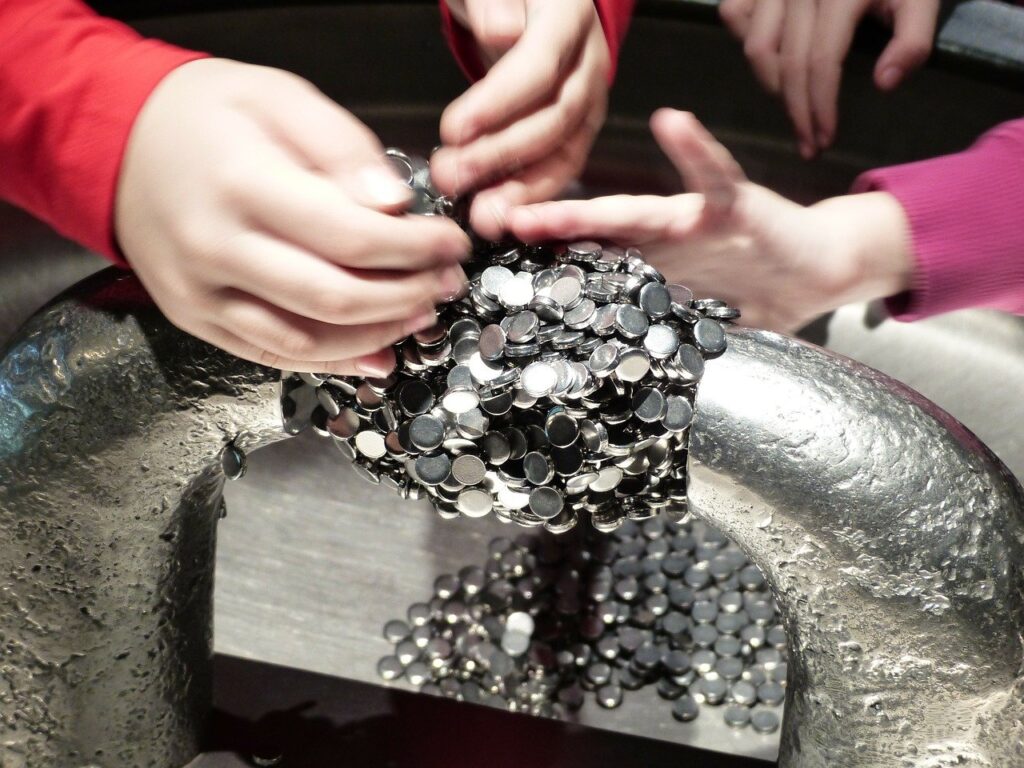
Make sure you head to the Explorer Children’s Museum in Rome. This is a particularly good option to entertain the children when in Rome on a rainy day. Put together around the idea that children learn by doing, it’s a very ‘hands on’ museum with lots of interactive exhibits to enjoy, often with their basis firmly in science. It’s a great opportunity for children to learn more about the world and the way in which things work.
Some other museums worth visiting, although far less interactive include the Museo delle Arti e Tradizioni Popolari with its displays of antique toys.
5. Get rained on inside the Pantheon
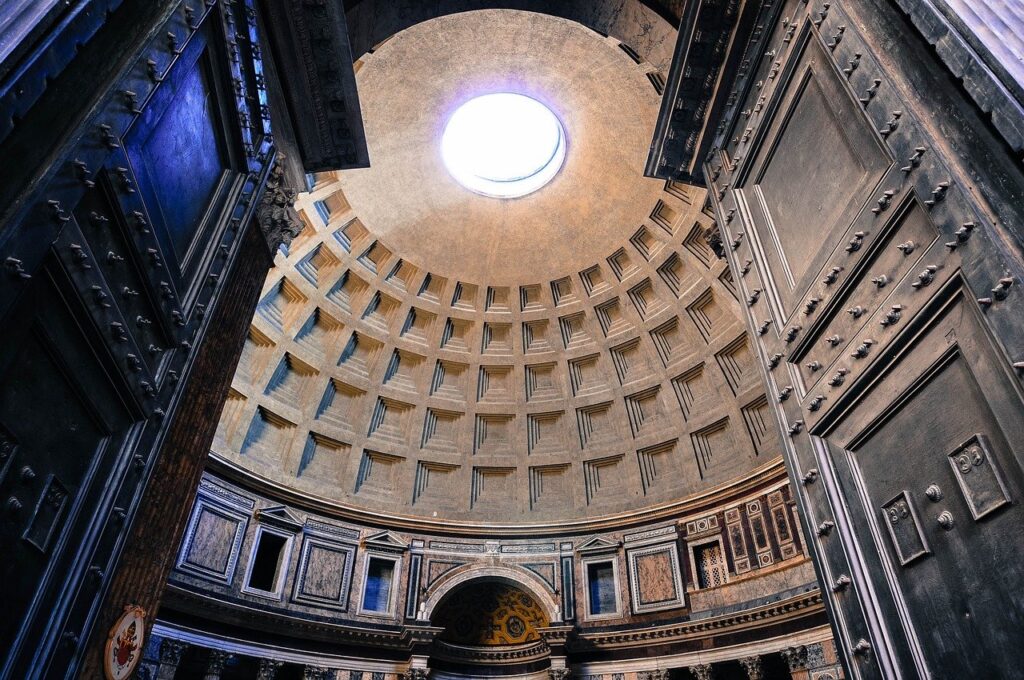
OK… Admittedly, this may be tricky to accomplish if you’re visiting on a dry day, but, since the Pantheon has a rather large hole in its roof, it is in theory possible! The Pantheon dates back to 120 AD and is arguably the best surviving Roman monument anywhere in the world. These days it’s a church dedicated to St Mary of the Martyrs, transformed as it was into a church in 609 AD, and it’s also where you will find the tombs of both Raphael and of several Italian Kings and poets. Its impressive dome was the largest in the world for 1300 years and remains the largest unsupported dome in the world even today, measuring over 43 metres in diameter. 16 massive columns nearly 12 metres tall support the dome. There are no windows inside, with the large hole in the ceiling (oculus) the only source of light. Visit on 21 April and you will see the dramatic lighting effect of the sun sending its beams through the oculus and hitting a metal grill above the doorway, dramatically bathing the courtyard outside with light. 21 April was the date the Romans used to celebrate as the founding date of Rome and certainly the sight of the Emperor stood at the Pantheon entrance surrounded by these dramatic rays of light would have no doubt have raised him to the same level as the gods.
Rome is also home to numerous other churches. None of Rome’s other churches compare to the Pantheon for us but others of note that you may want to pop into as your wander around the city include Santa Maria in Trastavere, Santa Maria del Popolo, the Chiesa SS Nome di Maria and Santa Maria de Loreto. Also of note is Santa Maria Maggiore, home to a beautiful gilded ceiling and some impressive mosaics, San Pietro in Vincoli and the Basilica of St Peter in Chains, home to Michelangelo’s ‘Moses’, an unfinished statue for the tomb of Pope Julius II.
6. Hunt for the giant feet!
Giant feet are not what your children are going to be expecting to find in the centre of Rome but, head to the Via del Pie di Marmo (Marble Foot street) and you won’t be able to miss the massive marble foot on display there. The foot was once part of a giant statue of the Egyptian goddess Isis which, given the size of her sandalled foot, would probably have stood nearly 8 metres tall.
Incidentally, there are more disembodied feet to be found in Rome. There is a large carved marble foot in the Vatican Museums. And at the Capitoline Museum in Rome, you can discover the massive foot from a statue of the Emperor Constantine.
7. Explore Rome’s spooky underground tunnels
Rome is home to a number of underground tombs. These were used as burial places for those who couldn’t afford the much more extravagant tombs that would be found lining the Appian Way. The largest of these is the Catacomb of St. Callisto. The tomb dates from 2 AD and has been the burial site of several early popes. Visitors who explore the tombs will find colourfully decorated walls covered in graffiti with symbols of doves, fish and several early Christian symbols. Holidaymakers can also visit the Catacombs of St. Sebastian, where the remains of St. Peter and St. Paul were once hidden before being subsequently and respectively moved to the Vatican and San Paolo Fuori le Mura.
8. Brave the Capucchin tombs
If you want to start getting your children excited ahead of your trip to Rome, then I would thoroughly recommend the Horrible Histories set of books. Written and illustrated by Terry Deary and Martin Brown, they are massively popular amongst children. Invest in a copy of ‘Ruthless Romans’ for them to read on the plane and they’ll definitely be excited to see all that Rome has to offer on arrival!
And for those whose children are particularly partial to the gory and gruesome revelations of the Horrible Histories, you might want to head to the cemetery at Santa Maria della Concezione dei Cappuccini. Be warned! This is not for the faint hearted though and think carefully before automatically taking your children here. Whilst the tour may seem innocent enough to start off with as visitors find out more about the Capuchin monks, the tour will go on to explore the crypt. Here you will find a permanent exhibition of sculptures made entirely from bones taken from the bodies of nearly 4,000 Cappuchin friars who were buried here. Literally, thousands of bones are arranged across 6 different rooms, covering the ceilings and piled over archways.
9. Make a wish and throw a coin in the Trevi fountain
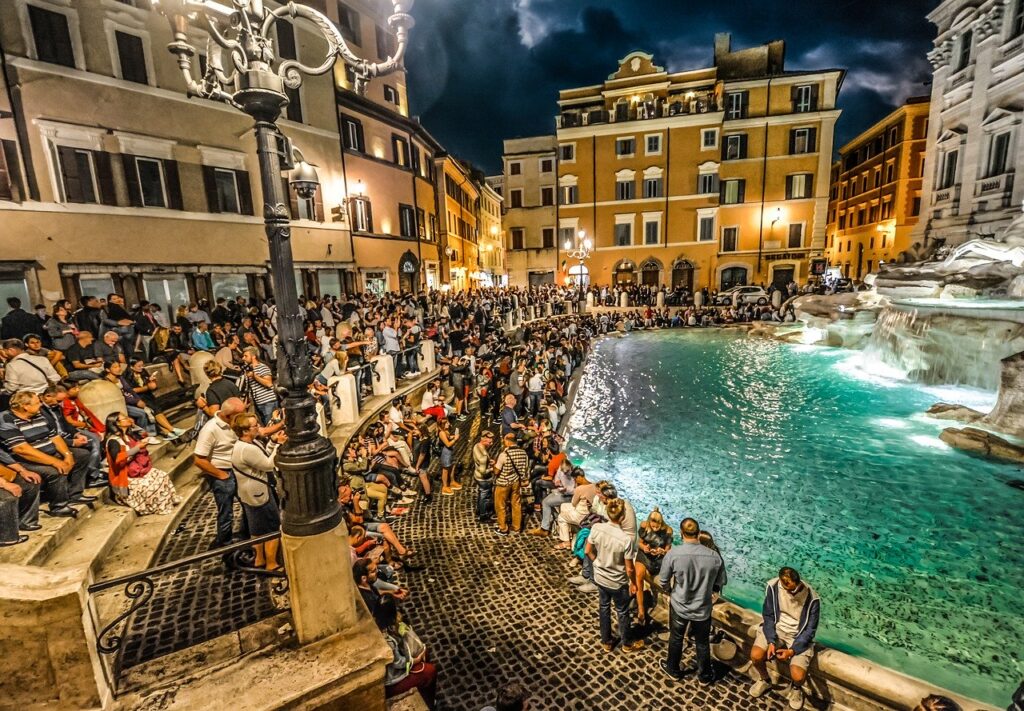
No visit to Rome would be complete without a visit to the Trevi Fountain. This beautiful monument in the heart of Rome attracts millions of tourists each year and is one of the city’s oldest water sources, dating back to Roman times. The 1954 movie ‘Three Coins in the Fountain’ started the myth that, if you throw one coin into the fountain, you will return to Rome. Throw two coins and you will supposedly fall in love and throw three coins and you will actually marry the person that you met! Coins must be thrown with your right hand over your left shoulder. Any teenagers in the family may like to try their luck with two coins!
10. Go shopping at the Campo dei Fiori
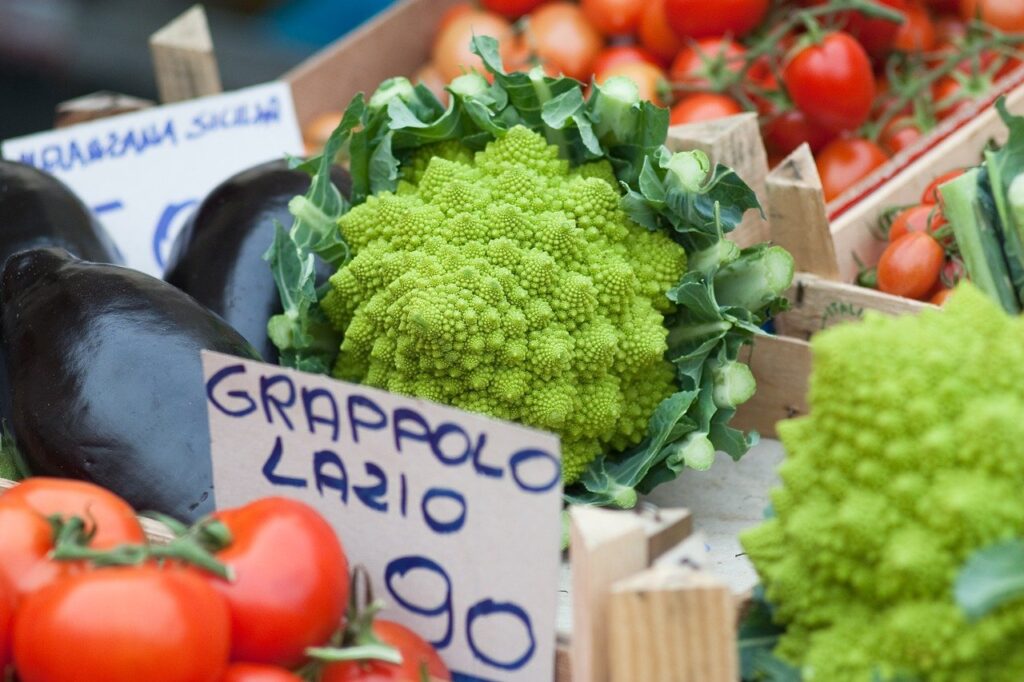
Time spent in Rome’s Campo dei Fiori is a chance for your children to get a flavour for how the locals in Rome live. It’s also where you will find Rome’s oldest market. There has been a market here every morning since 1869 (except on Sunday), focused on selling the most wonderful foodstuffs to tempt anyone’s palate.
Of course, Rome has plenty of other markets. The Mercato di Testaccio is a great option if you’re shopping for clothes or handbags whilst the Borghetto Flaminio is a great option for those who love a bargain and are into vintage, antique and second hand. Or try the Mercato Monti for handcrafted fashion and to mingle with the cool kids in Rome!
And, if you’re looking for a traditional toy store where you can treat the kids, head to Bartolucci on the Via dei Pastini or to Al Sagno in the Piazza Navona. Both are old fashioned toy shops where you can admire the craftsmanship that has gone into making the wares on offer.
11. Enjoy a puppet show
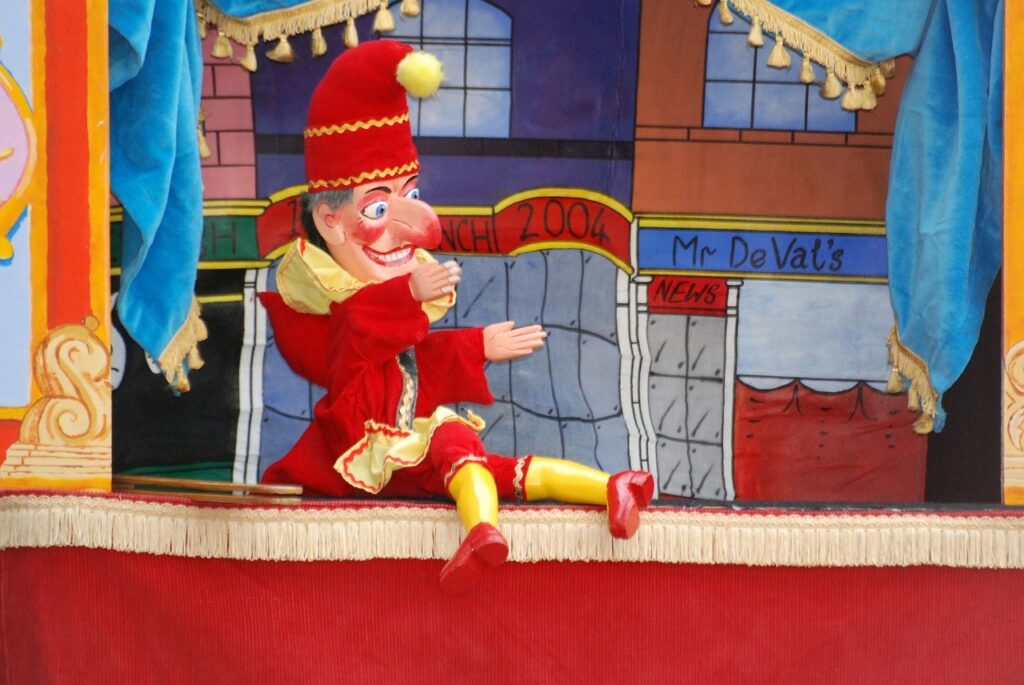
The Teatrino di Pulcinella al Gianicolo is a traditional open-air puppet theatre situated in the park on Colle del Gianicolo (Janiculum Hill), near the Piazzale Garibaldi. Similar to the Punch and Judy shows you’ll traditionally find at the seaside here in the UK, shows feature the Neapolitan puppet Pulcinella. Head here at the weekend when you’ll find free shows take place every 30 minutes in the morning and late afternoon.
If you can, make sure you’re in the park at midday. For more than 170 years, since 1847 on the orders of Pope Pius IX, a canon has been fired at noon from here across the city. And of course, the views over the city are impressive due to its elevated position.
12. Eat gelato!

No visit to any Italian city would be complete without copious amounts of ice cream and Rome is no exception. A frequent ice cream stop will also keep any child going through the day! We used to suggest taking a seat on the Spanish Steps to eat it but the authorities have clamped down on this. Since 2019, anyone sitting on one of the 153 steps face a fine of 400 euros so you no longer have a chance to re-enact the scene made famous by Audrey Hepburn and Gregory Peck in the 1953 film ‘Roman Holiday.’ But that doesn’t stop you sauntering down the Spanish Steps with an ice cream in hand! For one of the biggest choices of ice cream flavours in the city, head to Della Palma where you will find over 150 flavours on offer. Just don’t blame us if you can’t decide which to try! Our other favourite gelateria in Rome include Arena del Gelato and the Gelateria del Teatro.
13. Take a virtual reality tour of the Baths of Caracalla
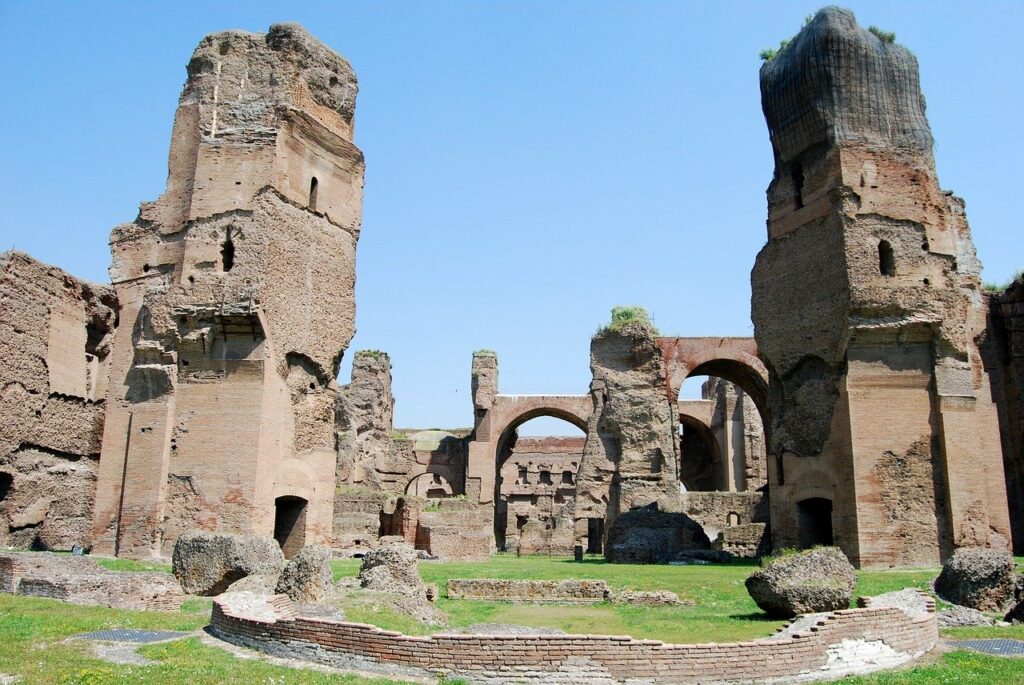
So many of the sites of Rome need your children to use a little imagination to conjure up how they would have been in ancient times. However, the Terme di Caracalla give you a bit of a helping hand to do this. Built by the Emperor Caracalla in AD 217, the Baths of Caracalla were in use for hundreds of years and, whilst today, you can still walk through the many different areas of the baths, the gymnasium and the swimming pool, some children may struggle to conjure up how things would have looked in ancient times. But, thanks to technology, they can do so. Using virtual reality technology, the whole family can now easily see how the baths would have looked in their heyday.
Book your tickets for the Terme di Caracalla tour here.
14. Head to the funfair

For those looking for a funfair on a large scale, head to the Luneur Park on the Via delle Tre Fontane in Rome. The oldest amusement park in Italy dating back to 1953, it is now home to over 130 attractions across an area of approximately 70,000 square metres including roller coasters, a hall of mirrors, and a haunted house. It’s very popular with young children and teenagers.
15. Enjoy a segway tour of Rome
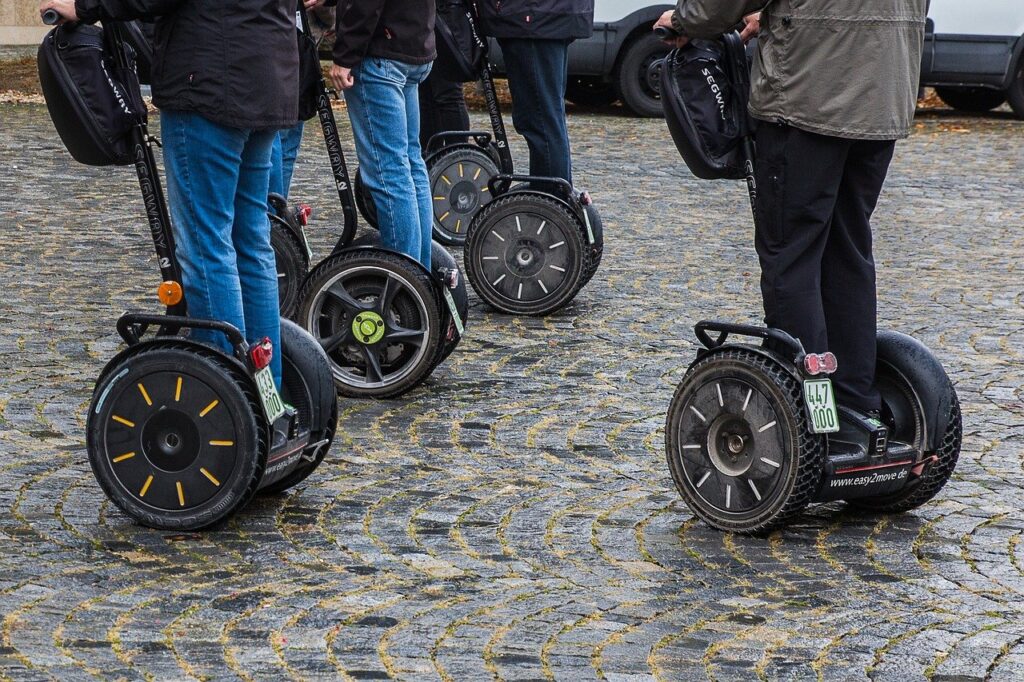
What we have found from experience is that children will enjoy sightseeing if they’re not always on foot. One way to explore in a bit of a different way is to take a segway tour of Rome. With your own personal tour guide with you at all times sharing his expert knowledge of the city, it’s a fun way to explore Rome with children.
16. Tour the city by bus and boat
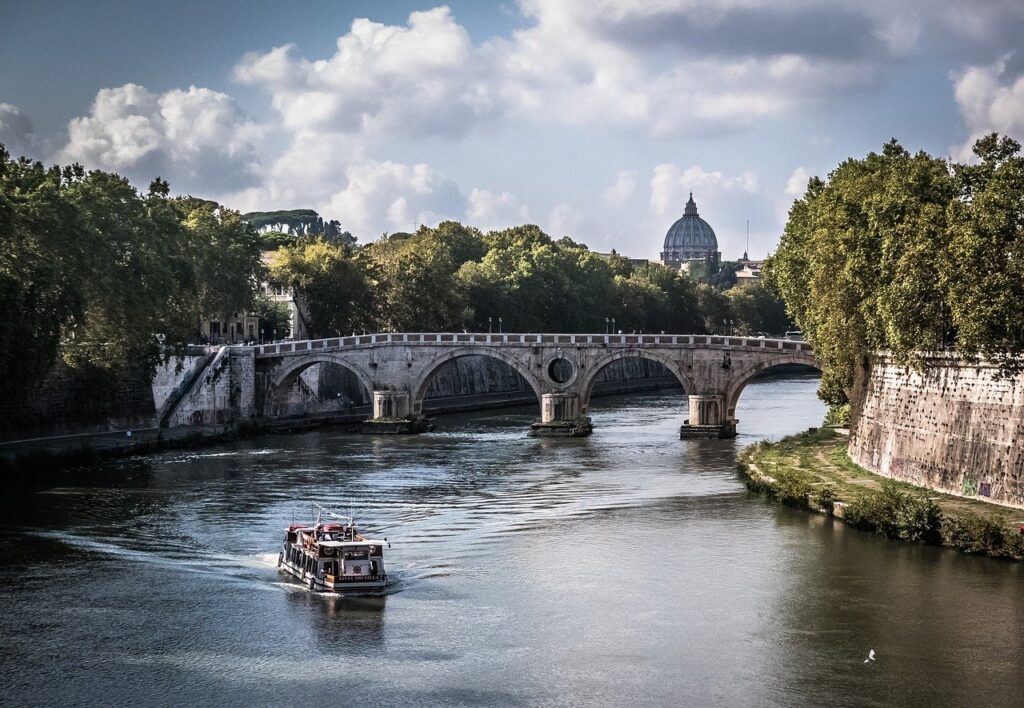
For those whose children who prefer not to walk around the city, or for those whose little ones are struggling with tired feet, another option is to take a tour on one of the ‘hop on, hop off’ double decker buses. Choose between a 1 day or 2 day ticket, get on and off at 17 stops throughout central Rome and enjoy a personalised audio commentary and on-board tour escort. There is also the option to add on an additional 24 hour hop-on hop-off Rome cruise so that you can soak up the sights from the boat deck.
17. Visit the world’s smallest state
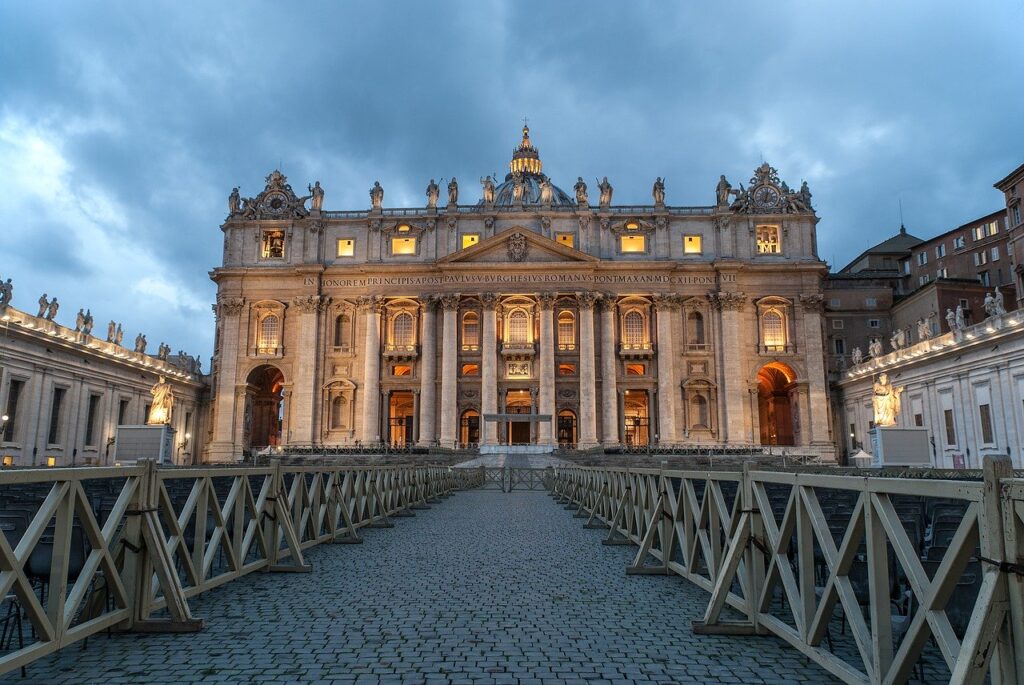
The Vatican city is the headquarters of the Roman Catholic church. It’s also the world’s smallest state and many children will delight in the fact that they can cross what is technically an international border on foot. The Vatican city is home to St Peter’s square, St Peter’s basilica, St Peter’s dome and the Vatican museums. The latter is home to a wealth of incredible art. Whilst children may not always revel in the idea of visiting a museum full of art and sculpture, the vast majority of children will have heard of the Sistine Chapel and so a visit here may just be allowed without the usual moans! Similarly, most children will be impressed by the record-breaking basilica that has enough elaborate decoration to catch most children’s eyes.
That said, despite all the beauty of the Vatican city, I can’t wholeheartedly recommend a visit here with children in tow. First and foremost, it can get incredibly busy. St Peter’s Square is a huge outdoor area and is usually easy to access without having to queue. (That said, we have visited once on a morning that the Pope was due to speak and within 15 minutes, manageable crowds quickly turned into overpowering crowds, making it hard to stay together as a family group. If you have particularly young children, this is something to be aware of). Similarly, St Peter’s basilica is normally pretty easy to access without having to queue for long and entrance to the ground floor is free.
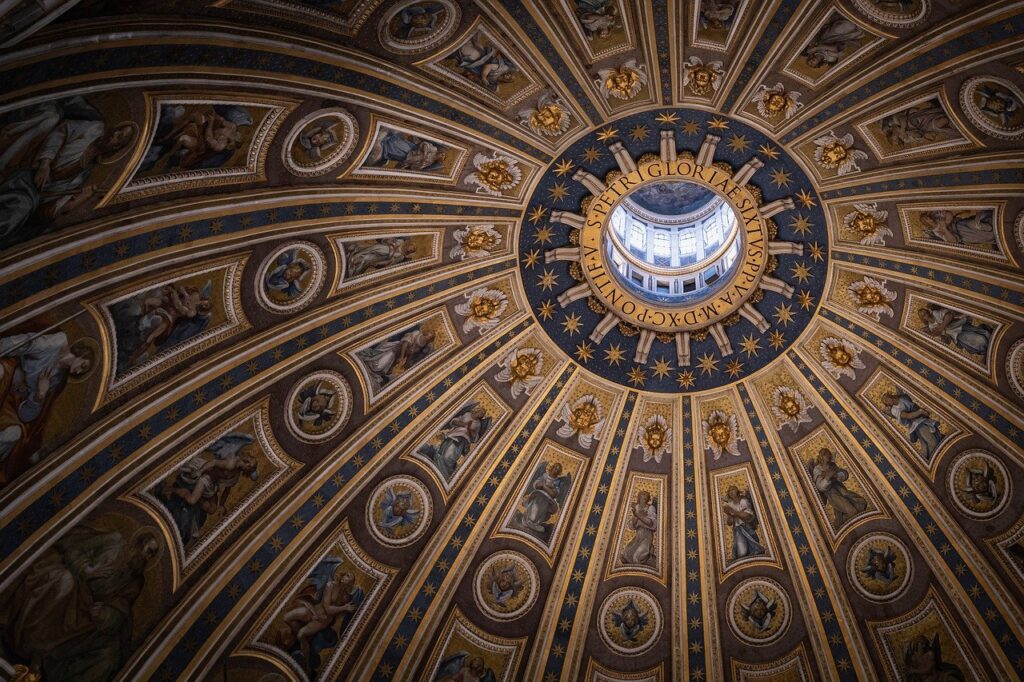
However, the same can not be said for the dome and Vatican museums, both of which require separate tickets. Whilst I can highly recommend climbing the dome if you have teens or older children (the views from the top over the Vatican gardens to the city of Rome beyond are well worth it), it’s arguably not ideal for those with toddlers or younger children who may struggle with the climb. And likewise for the Vatican museums. The Vatican museums are vast. Just their size can test the patience of even the most obliging of children. Plus, this is not a hands on experience. Nothing can be touched and you’re not even allowed to speak when you’re in the Sistine chapel, something that’s not always very easy for children to get their heads round! So, whilst I know the temptation to visit the Vatican museums will be huge, really think about whether your little ones can handle it! And if you do decide to go, I can’t stress enough what a difference it will make to have skip-the-line tickets for entrance here. And, make sure all family members adhere to the strict dress code. Irrespective of what admission tickets you have, you’ll be refused access if you’re not dressed appropriately.
18. Take a step back in time at the Castel Sant’ Angelo
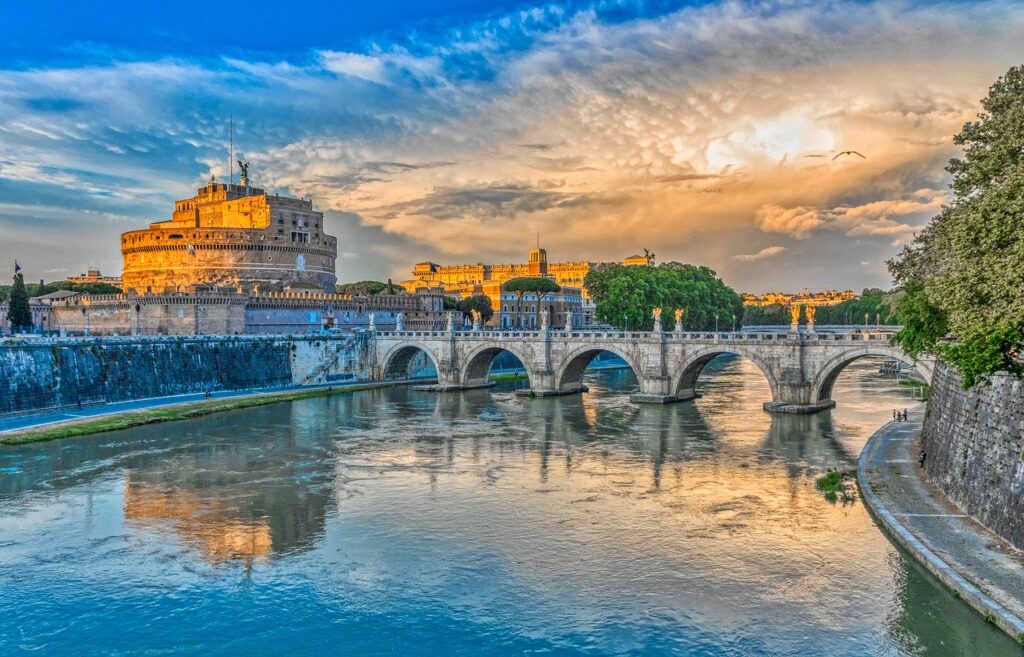
The towering Castel Sant’ Angelo (also sometimes referred to as the Mausoleum of Hadrian), sits on the riverside in the Parco Adriano in Rome. Once a mausoleum for the Roman Emperor Hadrian, it was then used by the papacy (hence an underground tunnel which still connects it to the Vatican) and is now home to a museum. Walk across the statue-lined bridge to enter the museum where you can learn more about its history. And before leaving, make sure you head to the upper floor where you will find a large terrace where you can enjoy wonderful views across the city.
19. Put your hand inside the Mouth of Truth
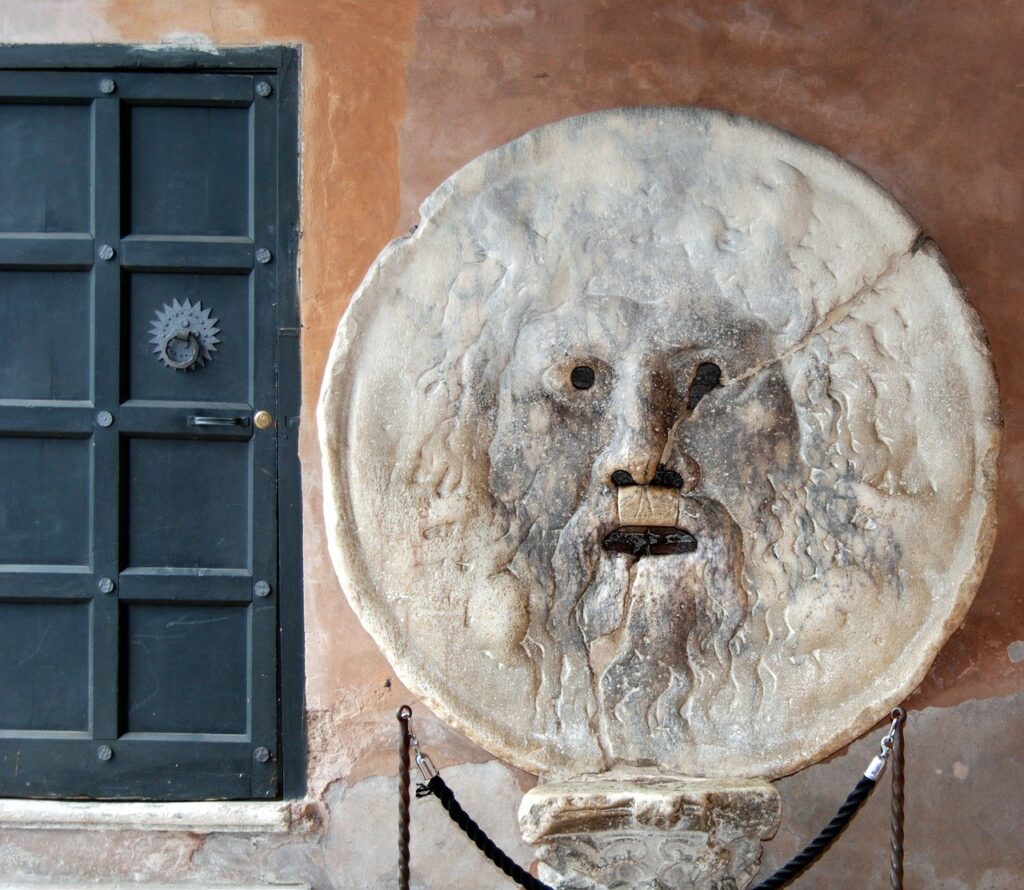
The Mouth of Truth (Bocca della Verita) is a marble mask situated on the wall of the Basilica of Saint Mary in Cosmedin in the Piazza della Bocca della Verita. Historians are divided over what the original disc was used for but most think it was probably a drain cover in the nearby Temple of Hercules Victor. Whatever its use originally, the 1300 kg disc was moved from its starting place to this church in the 13th century and to its current location inside the church portico in the 17th century.
What your children will love is the legend that surrounds the Bocca della Verita. The mask depicts the face of the sea god Oceanus. The story goes that the open mouth of the god will clamp shut on any liars who put their hand inside it. So, make sure you warn your children to tell the truth before they reach inside!
20. Head out of the city to Cinecitta world
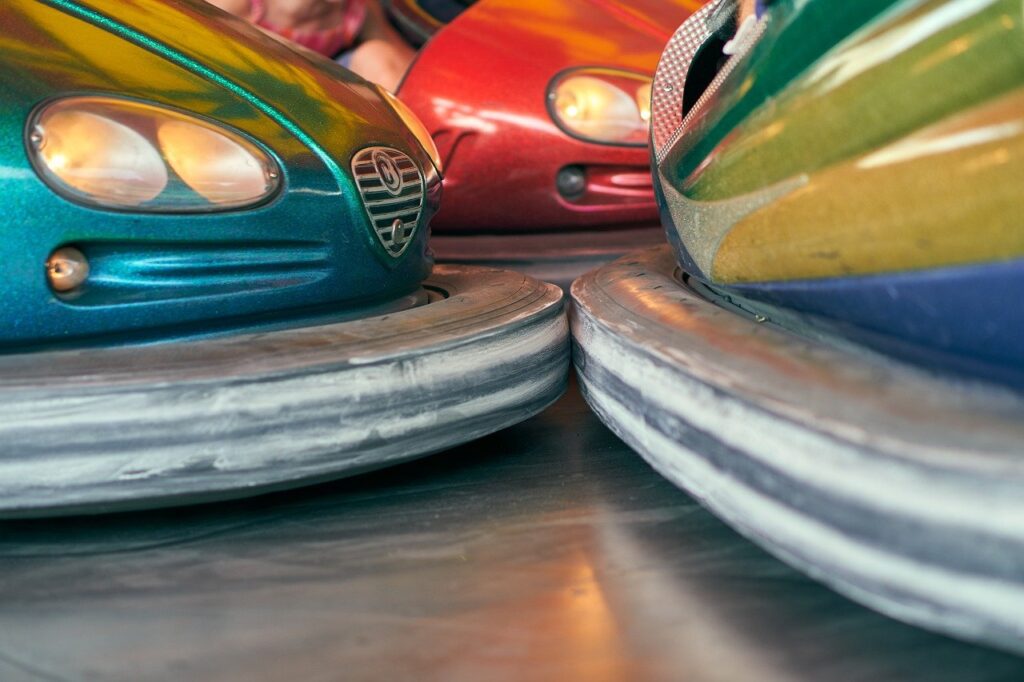
Just outside Rome to the South of the city is Cinecitta world, a theme park that revolves around films. An afternoon here certainly offers a break from the more typical attractions in Rome. You’ll find the park far quieter from the larger Disney or Universal theme parks and, whilst admittedly not offering the same standard of experience as these larger parks, it does offer visitors an excellent variety of shows and 4D experiences as well as both virtual reality and regular rides. There is certainly plenty to keep children of all ages entertained for a whole day.
21. Visit Nero’s house
Most children will have heard of the name Nero even if only for the supposed tale that he fiddled while Rome burned. The Domus Aurea (Nero’s Golden Palace) is the palatial residence that he built on the ashes where the city once stood. Children will be amazed at the rooms that the excavations have uncovered, lined with marble and decorated with gold and precious stones. One thing that is clear to see even 2000 years later, is the wealth that Nero possessed given the surviving interior decor!
22. Take the glass lift to the roof of the Vittoriano to enjoy the view
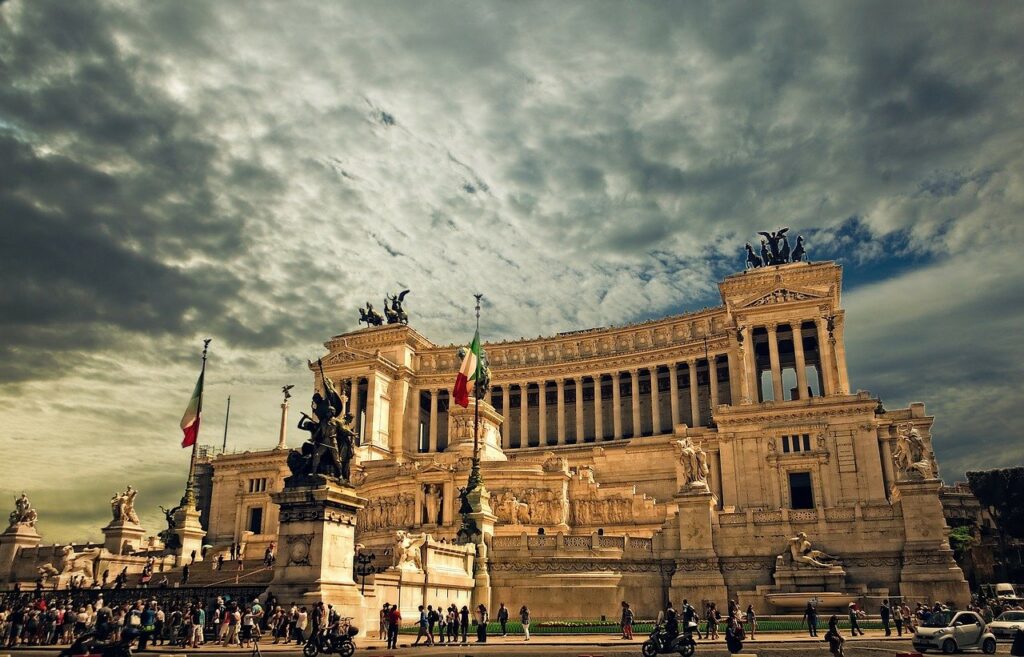
Italians don’t tend to be particularly fond of the Vittoriano. Referred to as the ‘wedding cake,’ the monument was built between 1885 and 1911. Dedicated to the first King of Italy, Vittorio Emanuele II, it was built to mark the unification of Italy. In 2007, a glass elevator was installed which takes visitors up to the very top of the monument. From the roof, you can enjoy superb views over the city of Rome and really get your bearings. Information leaflets are provided which will help you identify Rome’s principal landmarks and there are complimentary telescopes available for you to zoom in for a closer look.
23. Hire bikes and cycle the Appian Way
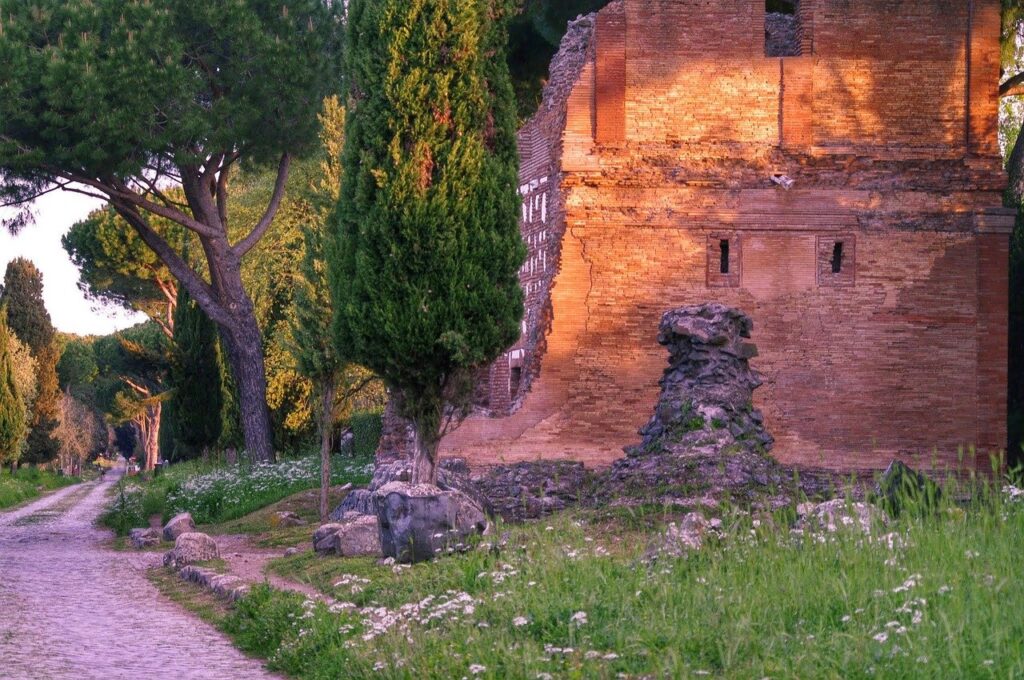
The Appian Way was the most important road in the Roman Empire. These days, the Via Appia offers families the chance to escape the hustle and bustle of the city centre and enjoy a leisurely cycle under lofty pine trees, flanked by fields and woods. Hire bikes and head to the traffic-free zone near the Basilica di San Sebastiano.
24. Visit the video games museum

Older children and teens interested in video games will love Vigamus, Italy’s only video games museum which is situated in the heart of Rome. It may not be what you expected to do when visiting this most historic of cities but for those teens interested in computers and computer games, it is bound to put a smile on their faces for an hour or two! We reckon they will certainly love the virtual reality room when you can try VR headsets for yourself.
25. Enjoy the seasonal events in Rome
At certain times of year, there are also additional activities in Rome that are well worth visiting. The Christmas Market in the Piazza Navona each year is bound to be a hit with children. Its stalls are filled with sweets and chocolate and there is a traditional carousel that younger family members will enjoy. Every year at Christmas time, an ice rink is also set up in the middle of Renzo Piano’s Parco della Musica and continues on through January. Skating in Rome is a great way to get in the festive spirit.
